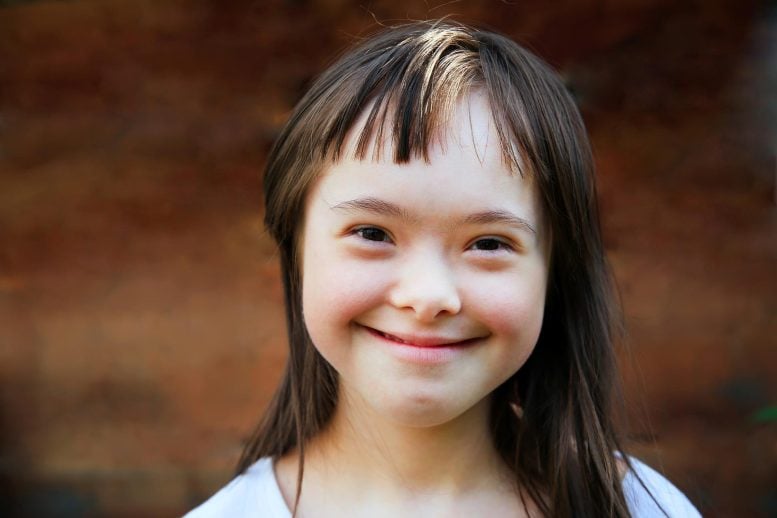
Researchers have discovered the genetic factors responsible for changes in facial and skull structure in a mouse model of Down Syndrome. The study, published in the journal Development, found that having a third copy of the gene Dyrk1a and at least three other genes contribute to these structural changes, known as craniofacial dysmorphology. The researchers utilized genetic engineering to create mouse strains that mimic Down Syndrome traits, including changes in facial and skull shape. The findings will help further understand the genetics involved in Down Syndrome, including the potential role of Dyrk1a in other aspects of the disorder, and aid in developing targeted treatments for health-impacting aspects of the condition.
Scientists have identified the gene Dyrk1a and at least three other genes as responsible for facial and skull structural changes in a mouse model of Down Syndrome. The research helps advance understanding of the genetics behind Down Syndrome and may contribute to developing targeted treatments for aspects of the condition that impact health.
Researchers at the Francis Crick Institute, King’s College London, and University College London have shed light on the genetics behind changes in the structure and shape of the face and head in a mouse model of Down Syndrome.
As described in a paper published today (April 26, 2023) in the journal Development, the researchers found that having a third copy of the gene Dyrk1a and at least three other genes were responsible for these changes taking place in development – called craniofacial dysmorphology – which involve shortened back-to-front length and widened diameter of the head.
Affecting 1 in 800 live births, Down Syndrome is known as a ‘gene dosage disorder’ – meaning that it involves changes in the number of copies of a gene. People with Down Syndrome have three copies of chromosome 21 instead of two. Having three copies of certain genes on this chromosome causes aspects typical of Down Syndrome, but it’s not yet known which genes are responsible.
Using genetic engineering, teams led by Victor Tybulewicz of the Francis Crick Institute and Elizabeth Fisher of University College London created mouse strains with duplications of three regions on mouse chromosome 16, which mimics having a third chromosome 21. The mice show lots of traits associated with Down Syndrome, including changes in the shape of the face and skull.
Previous research has linked a gene called Dyrk1a to aspects of Down Syndrome, so the researchers wanted to test how it impacted craniofacial dysmorphology.
Now working with Jeremy Green’s group at King’s College London, they showed that mice with an extra copy of Dyrk1a had a reduced number of cells in the bones at the front of the skull and in the face. Also, cartilaginous joints at the base of the skull called synchondroses were abnormally fused together. These effects were partly reversed when the third copy of Dyrk1a was removed, showing that three copies of Dyrk1a are necessary to cause these changes in the skull.
The researchers believe that having a third copy of Dyrk1a hinders the growth of neural crest cells that are needed to form the bones at the front of the skull.
In addition to Dyrk1a, the research showed that three other genes also contribute to the changes in the skull, but more research is needed to confirm their identity.
Victor Tybulewicz, Group Leader of the Down Syndrome Laboratory at the Crick, who worked with first author Yushi Redhead, said: “There’s currently limited treatments for the aspects of Down Syndrome which have a negative impact on people’s health, like congenital heart conditions and cognitive impairment, so it’s essential we work out which genes are important.
“Understanding the genetics involved in the development of the head and face gives us clues to other aspects of Down Syndrome like heart conditions. Because Dyrk1a is so key for craniofacial dysmorphology, it’s highly likely that it’s involved in other changes in Down Syndrome too.”
Researchers at King’s College London used shape-measuring tools to map the changing skull shape of the mice. These showed changes in skull shape that were remarkably similar to those seen in people with Down Syndrome.
Jeremy Green, Professor of Developmental Biology at King’s College London, said: “With the help of great collaborators at the University of Calgary in Canada and a medical imaging software group here at King’s, we were able to apply both quite traditional and some very novel methods for comparing complex anatomical shapes. These were sensitive enough to pick up differences even at fetal stages. This helped us pin down not only the locations of genes that cause Down Syndrome but also get clues as to how those genes cause the differences that they do.”
This research forms part of an ongoing project to understand the genetics of Down Syndrome. The researchers will next aim to identify the genes involved in heart defects and in cognitive impairment, bringing us a step closer to understanding how to develop targeted treatments for aspects of Down Syndrome which impact health.
Reference: “Craniofacial dysmorphology in Down Syndrome is caused by increased dosage of Dyrk1a and at least three other genes” by Yushi Redhead, Dorota Gibbins, Eva Lana-Elola, Sheona Watson-Scales, Lisa Dobson, Matthias Krause, Karen J. Liu, Elizabeth M. C. Fisher, Jeremy B. A. Green and Victor L. J. Tybulewicz, 26 April 2023, Development.
DOI: 10.1242/dev.201077

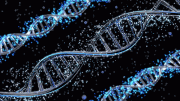

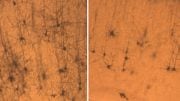
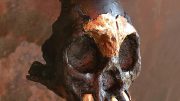
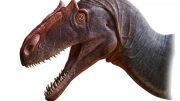
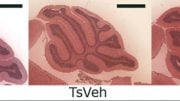

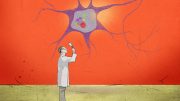
Be the first to comment on "Researchers Uncover the Genetics Driving Facial Changes in Down Syndrome"